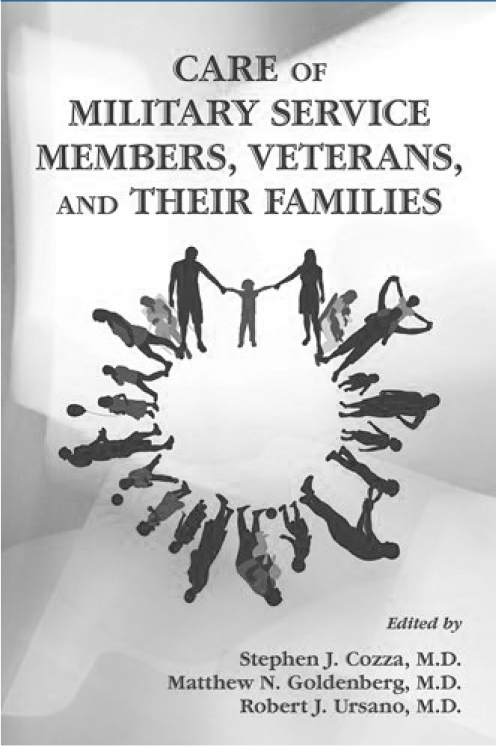
The book has been split into three parts. Part one covers the fundamentals of treating military service members, veterans and families and includes the basic introduction to military service, understanding military families, military children and the military healthcare system in the USA. Part two focuses on military service-related conditions and interventions for combat stress reactions and common psychiatric disorders after deployment. Substance misuse disorders, caring for combat-injured service members, traumatic brain injury, suicidal thoughts and behaviours, and collaborative care are all covered. Part three discusses meeting the needs of the children and families of military veterans, particularly deployment-related care for military children and families, families with an injured service member, caring for the bereaved military family members and building resilience.
The book is written primarily for an American audience. Its usefulness to others will be somewhat limited owing to the differences in the way healthcare systems are organised. For a UK reader there will be some useful information, particularly on recognising and treating traumatic brain injury, which has a much higher profile in the USA. The chapters are predominantly well written and referenced, although I did find that some of the treatments recommended, particularly for post-traumatic stress disorder, would not be prescribed in the UK. The book is easy to navigate. I particularly liked the summary recommendations for civilian clinicians and the summary points at the end of each chapter.
Overall, this is a useful resource for individuals interested in the topic, but it will have less appeal to practitioners who do not work in the USA or need to know about how the American system works.



eLetters
No eLetters have been published for this article.